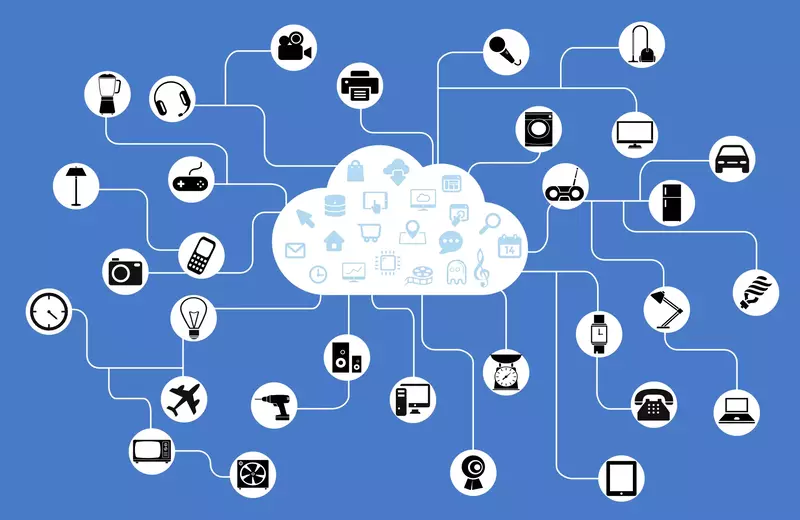Everything in the world has turned digital now. From tablets to laptops, to phones, and now even the next-gen tech such as cars without drivers. All things are becoming heavily reliant on the internet. To ensure the smooth running of all our gadgets, we require reliable internet service providers with affordable plans and packages. The US has top-notch service providers Xfinity, CenturyLink, AT&T to name a few. However, with the consumer trends changing we have seen a shift in the requirement for customer services as well. Xfinity customer service phone number, is a good example in this regard, as its operational 24/7 so that if you ever face any issue at any time of the day you have a platform to get in touch. All business have been upping their customer services game as well to keep up with the consumer requirements.
Everything has now become connected, all thanks to the internet of course. The number of devices connected online that are working with one and other harmoniously continues to grow. The term that is often used for this connectivity of the devices is called ‘Internet Of Things’ or IoT. Since it has become very common now, it is natural that people want to know about it. In this article, we will be discussing the Internet of Things and security.
Table of Contents
What Is The Internet Of Things?
The Internet of Things (IoT) refers to a collection of Internet-connected gadgets. You’re probably thinking of stuff like a laptop or a smart TV, but the Internet of Things encompasses much more. Consider copy machines, refrigerators at home, or the coffee pot in the breakroom, which have never been connected to the internet. The Internet of Things refers to any device that can connect to the Internet, including those that are unusual. Almost anything having an on/off switch can now connect to the Internet, making it a component of the Internet of Things.
Over the last few years, the IoT idea has evolved in tandem with the widespread adoption of wireless technologies, machine-to-machine connectivity, and the transition to cloud computing and IPv6. The Internet of Things’ appeal is due to a unique feature of the revolutionary technology: it may connect a person and a ‘thing’ in any period and different locations via a range of communication networks.
What is Internet Of Things Security?
The methods of protection employed to secure internet-connected or network-based devices are referred to as IoT security. The word “Internet of Things” is quite wide, and as technology advances, the term will only become more so. Almost every modern gadget, from watches to thermostats to video game consoles, may interface with the internet or other devices in some way. IoT security refers to a set of tactics, strategies, and tools that are utilized to keep these devices from being hacked. Ironically, IoT devices are becoming increasingly exposed to cyberattacks due to their intrinsic connectedness.
Because the Internet of Things is so vast, IoT security is even more so. As a result, a wide range of approaches has been categorized as IoT security.
Internet Of Things Security Issues
The more ways devices may connect to one other, the more opportunities threat actors have to intercept them. The most common security issues are as follows;
- Extensive exposure: Because of their internet-based connectivity, IoT devices have a far larger attack surface than conventional technologies. While this accessibility is immensely beneficial, it also allows hackers to remotely interfere with equipment.
- Lack of resources: Not all IoT devices have enough processing power to run advanced firewalls or antivirus software. Some people are unable to connect to other devices at all. Bluetooth-enabled IoT devices, for example, have been subjected to a recent wave of data breaches.
- No Industrial Foresight: The digital revolution has resulted in a higher level of technical dependence than ever before. While this isn’t usually a problem, reliance on technology might amplify the effects of a successful data breach.
How To Protect Your IoT Devices
Here are a few IoT security steps you may do to boost your data security protocols.
- Keep a check on all your IoT devices. Make sure any mobile devices, such as tablets, are checked in and locked up. Data and information on tablets can be accessed and compromised if they go missing. Use a security package that allows you to limit which apps can be installed on the smartphone, separate business, and personal data, and wipe it all if the device is lost or stolen.
- The antivirus must be updated installed always. It is essential in protecting against viruses that provide hackers access to your system and data, you’ll need software on all of your devices. To defend your devices from a cyberattack, set up automated antivirus updates.
- End-to-end data encryption is critical. At every crossroads, you must encrypt data. To put it another way, end-to-end encryption is required to safeguard data as it travels from point A to point B.
Conclusion
It is important to realize that even though the internet of things has made lives easier and has given a boost to various industries, it can be much accessible to every hacker as well. Security for every technology must go hand in hand and we must all be cautious with all our data and be sure to take the precautionary measure to keep it safe.
Read also: 6 Things to Know About IoT Device Security

